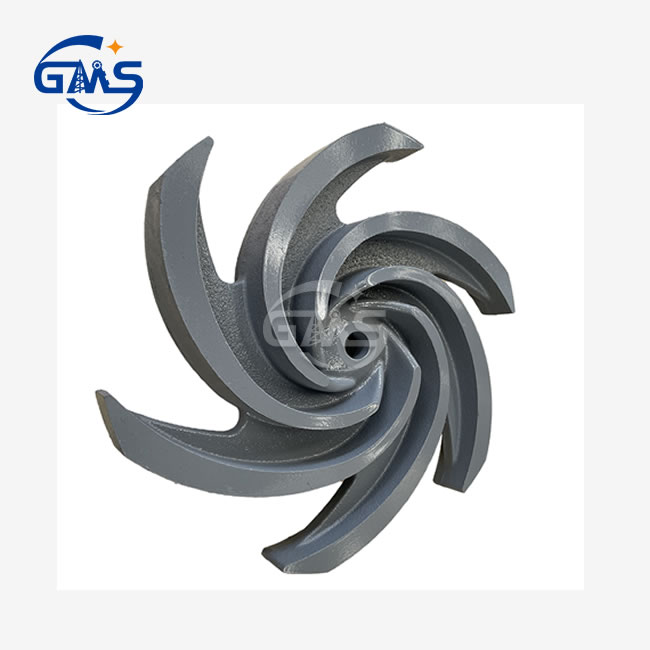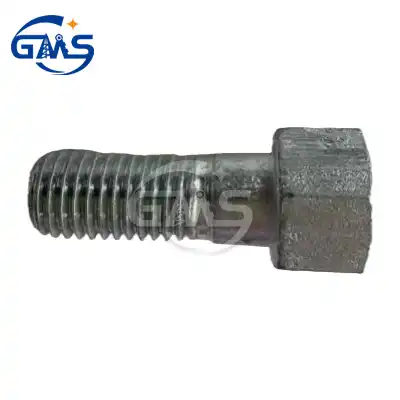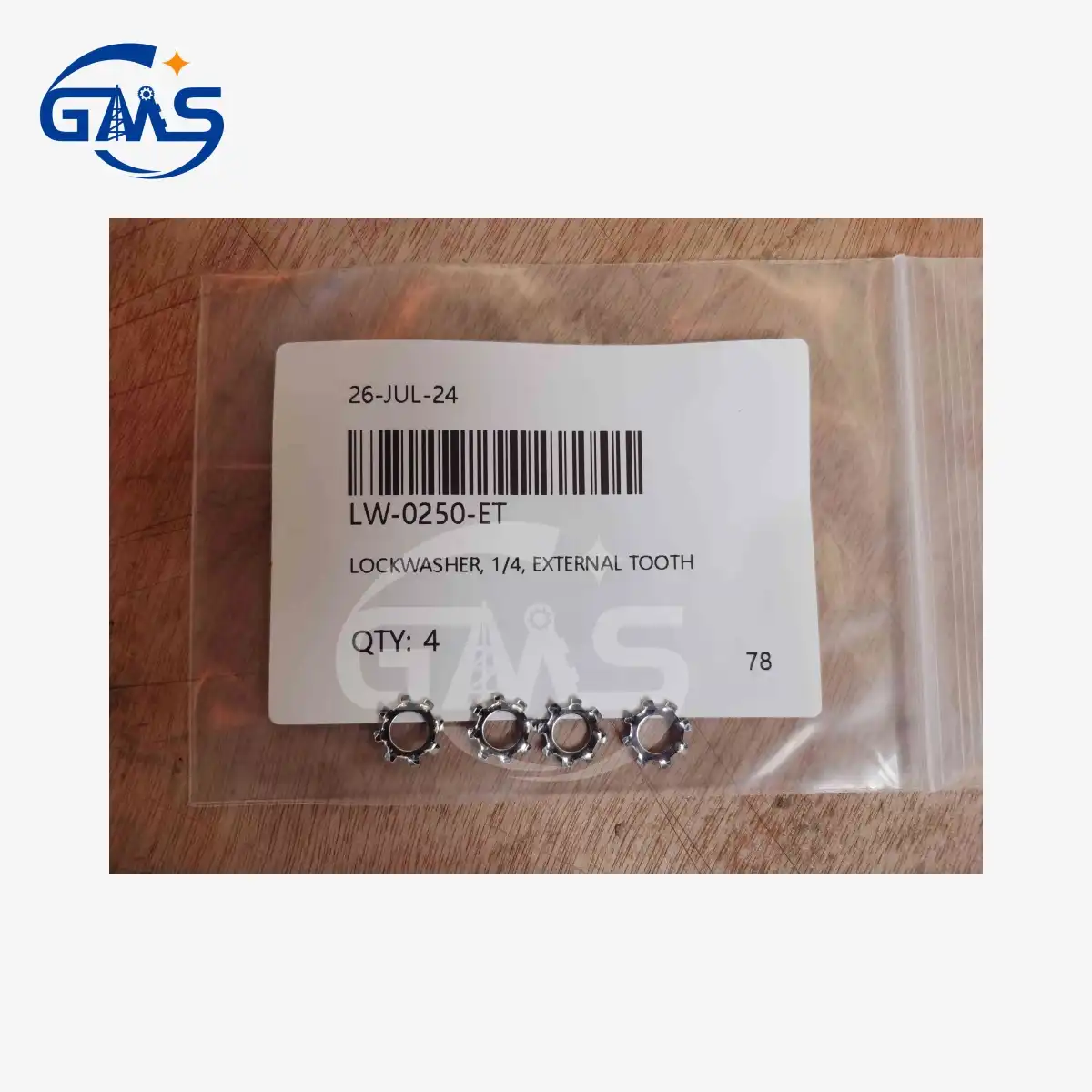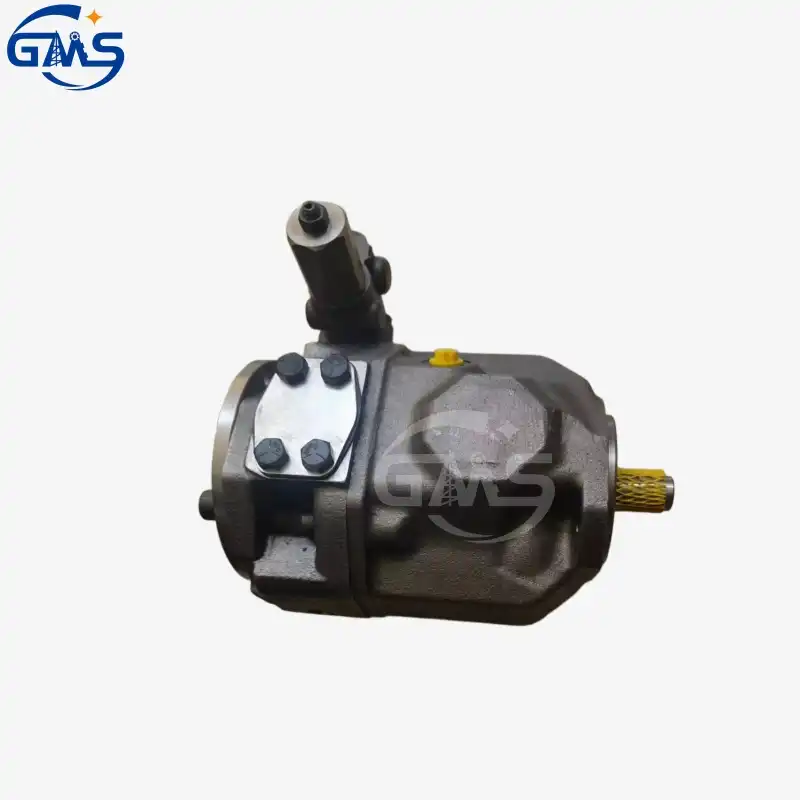- English
- French
- German
- Portuguese
- Spanish
- Russian
- Japanese
- Korean
- Arabic
- Greek
- German
- Turkish
- Italian
- Danish
- Romanian
- Indonesian
- Czech
- Afrikaans
- Swedish
- Polish
- Basque
- Catalan
- Esperanto
- Hindi
- Lao
- Albanian
- Amharic
- Armenian
- Azerbaijani
- Belarusian
- Bengali
- Bosnian
- Bulgarian
- Cebuano
- Chichewa
- Corsican
- Croatian
- Dutch
- Estonian
- Filipino
- Finnish
- Frisian
- Galician
- Georgian
- Gujarati
- Haitian
- Hausa
- Hawaiian
- Hebrew
- Hmong
- Hungarian
- Icelandic
- Igbo
- Javanese
- Kannada
- Kazakh
- Khmer
- Kurdish
- Kyrgyz
- Latin
- Latvian
- Lithuanian
- Luxembou..
- Macedonian
- Malagasy
- Malay
- Malayalam
- Maltese
- Maori
- Marathi
- Mongolian
- Burmese
- Nepali
- Norwegian
- Pashto
- Persian
- Punjabi
- Serbian
- Sesotho
- Sinhala
- Slovak
- Slovenian
- Somali
- Samoan
- Scots Gaelic
- Shona
- Sindhi
- Sundanese
- Swahili
- Tajik
- Tamil
- Telugu
- Thai
- Ukrainian
- Urdu
- Uzbek
- Vietnamese
- Welsh
- Xhosa
- Yiddish
- Yoruba
- Zulu
How often should a stuffing box be replaced?
Proper maintenance of centrifugal pump components is critical to ensuring operational efficiency and preventing costly downtime in industrial settings. One of the most frequently asked questions by operators and maintenance teams concerns the replacement schedule for Stuffing box Packed components. Understanding when and how often to replace these essential sealing elements can significantly impact pump performance, reduce leakage issues, and extend equipment lifespan. This comprehensive guide explores the factors that influence replacement frequency, industry best practices, and cost-effective solutions for maintaining optimal pump operations in demanding environments such as oil and gas drilling, mining operations, and industrial processing facilities. The frequency of Stuffing box Packed replacement depends on several operational variables, but industry standards suggest that powerboat applications require replacement every one to two years or after 100-200 engine hours, while industrial centrifugal pumps in continuous operation typically need attention every two to three years. For the MISSION/MCM pump stuffing box, particularly models 20614-01-30 P25SB/PK, the repacking schedule should consider factors including operating pressure, temperature, shaft speed, and the abrasiveness of the pumped media. High-pressure applications or environments with particulate-laden fluids may necessitate more frequent inspections and replacement cycles, potentially every 200-400 operating hours to prevent premature wear and maintain effective sealing performance.
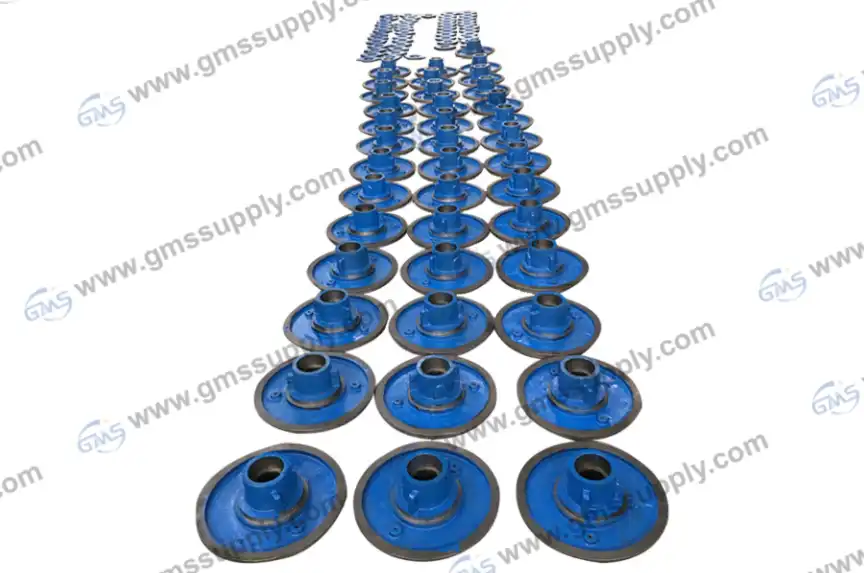
Understanding Stuffing Box Packing Functions and Maintenance Requirements
The Stuffing box Packed serves as a critical barrier between the rotating shaft and the pump housing, preventing fluid leakage while allowing necessary shaft movement. In centrifugal pump applications, particularly in the 250 Series Centrifugal Pump systems commonly used in oil and gas operations, the packing material experiences continuous friction, heat generation, and exposure to process fluids. The 20614-01-30 P25SB/PK stuffing box configuration is specifically designed for packing-only applications, where multiple rings of packing material create a seal around the shaft. Understanding the deterioration mechanisms helps establish appropriate maintenance intervals that balance performance requirements with operational costs. The packing material gradually wears through several mechanisms including mechanical abrasion from shaft rotation, chemical degradation from exposure to process fluids, thermal cycling effects, and contamination from particulates in the pumped media. In oil and gas drilling environments where MISSION/MCM pump stuffing box assemblies operate, the presence of drilling mud, solids, and variable pressures accelerates packing wear. Initial break-in periods require close monitoring, with adjustments needed during the first 20 hours of operation to allow the packing to conform to shaft surfaces. Subsequent inspections should occur at regular intervals, typically every 100-200 operating hours, to assess leakage rates, detect excessive heating, and determine if adjustment or replacement is necessary before catastrophic failure occurs.
Key Factors Influencing Replacing Frequency
Multiple operational parameters determine the optimal replacement schedule for Stuffing box Packed components in industrial centrifugal pumps. Operating temperature represents one of the most significant factors, as elevated temperatures accelerate packing material degradation, reduce lubricity, and increase the likelihood of thermal damage to both packing and shaft surfaces. In high-temperature applications common in oil and gas processing, where fluid temperatures may exceed 150°C, packing life can be reduced by 50% or more compared to ambient temperature operations. The MISSION/MCM pump stuffing box must maintain effective sealing across temperature variations, making material selection and maintenance scheduling critical for reliable performance. Shaft speed and surface condition also dramatically impact packing longevity. Higher rotational speeds generate increased frictional heat and mechanical wear on the Stuffing box Packed material. Surface irregularities, pitting, or corrosion on the shaft beneath the packing create concentrated wear points that tear packing rings during rotation, potentially requiring replacement every few hundred hours rather than every few thousand. The 20614-01-30 P25SB/PK configuration relies on smooth shaft surfaces to maximize packing life, making regular shaft inspections essential during maintenance procedures. Additionally, the chemical compatibility between packing materials and process fluids influences degradation rates, with aggressive chemicals or abrasive slurries necessitating more frequent replacements compared to clean water or mild petroleum products. Operating pressure affects both packing compression requirements and leakage control challenges. Higher system pressures demand tighter packing adjustment to prevent excessive leakage, but over-tightening accelerates wear and heat generation. The MISSION/MCM pump stuffing box design accommodates pressure variations through proper packing ring configuration and adjustment procedures. Environmental conditions including humidity, ambient temperature, and exposure to contaminants further influence maintenance needs. Industrial facilities operating in dusty, sandy, or muddy environments experience accelerated packing wear as fine particulates penetrate the stuffing box and embed within packing material, creating abrasive conditions that necessitate replacement every 200-400 hours in severe cases.
Recognizing Signs That replacement Is Needed
Effective maintenance programs rely on proactive monitoring rather than reactive replacement strategies. Several observable indicators signal when Stuffing box Packed components require attention before complete failure occurs. Excessive leakage represents the most obvious symptom, with acceptable leakage rates typically specified as a few drops per minute during operation. When leakage increases significantly despite proper adjustment, or when adjustment no longer controls leakage effectively, replacement becomes necessary. For the 20614-01-30 P25SB/PK stuffing box, monitoring leakage patterns during different operating conditions provides valuable diagnostic information about packing condition and remaining service life. Elevated temperatures at the stuffing box indicate insufficient lubrication, over-tightening, or degraded packing material that no longer provides adequate cooling through controlled leakage. Temperatures exceeding normal operating ranges, typically above 60-70°C at the stuffing box housing, suggest immediate attention is required. The MISSION/MCM pump stuffing box should maintain moderate temperatures during normal operation, with consistent thermal profiles indicating proper packing function. Increased adjustment frequency represents another warning sign, as frequent tightening to control leakage indicates compressed or worn packing that has lost its sealing effectiveness. When adjustments become necessary every few days or weekly rather than monthly or quarterly, replacement should be scheduled promptly. Vibration changes or unusual noises emanating from the stuffing box area may indicate shaft misalignment, damaged packing, or inadequate lubrication. The Stuffing box Packed material should operate smoothly without generating excessive friction noise. Scoring or damage to the shaft surface, visible during inspection, confirms that packing replacement is overdue and that shaft refurbishment may also be necessary. For facilities operating multiple pumps with similar service conditions, establishing baseline performance metrics and comparing actual performance against these benchmarks enables predictive maintenance scheduling that optimizes both equipment availability and maintenance costs.
Cost-Effective Alternative Solutions for Industrial Applications
Replacement components for centrifugal pump stuffing boxes represent a significant operating expense, particularly for facilities maintaining large pump inventories or operating in remote locations where original equipment manufacturer parts may be difficult to obtain. Alternative manufacturers like Global Machinery Supply Co., Ltd. offer cost-effective replacement options for the Stuffing box Packed and related components, including the 20614-01-30 P25SB/PK and 22223-01-30 P25SB/MS models designed for MISSION/MCM pump stuffing box applications. These alternative components provide performance matching OEM specifications while delivering substantial cost savings, making them ideal for budget-conscious operations or non-critical service applications where lower acquisition costs directly improve operational economics. GMS manufactures replacement stuffing boxes that meet international quality standards including ISO 9001 certification, ensuring consistent product performance and reliability. With over fifteen years of experience in the oil and gas drilling equipment supply industry, the company has developed extensive expertise in centrifugal pump components and understands the demanding operational requirements of drilling operations, mining applications, and industrial processing facilities. The replacement parts catalog includes both packing-only configurations like the 20614-01-30 P25SB/PK and mechanical seal versions such as the 22223-01-30A P25SB/MS, providing comprehensive solutions for different sealing requirements within the 250 Series Centrifugal Pump family. The cost advantages of alternative Stuffing box Packed components extend beyond initial purchase price. Large inventory availability ensures short lead times, often providing stock availability or very rapid delivery that minimizes downtime during unplanned maintenance events. Quick response capabilities, typically providing quotations within two hours, streamline procurement processes and reduce administrative overhead. For maintenance operations managing multiple pump locations or maintaining strategic spare parts inventories, the combination of lower unit costs, reliable quality, and responsive service creates compelling economic value. The stable performance characteristics of quality alternative components, backed by ISO certification and rigorous quality control processes, provide confidence that cost savings do not compromise operational reliability or safety standards.
Implementing Effective Maintenance Strategies
Developing systematic maintenance protocols for Stuffing box Packed components optimizes equipment reliability while controlling lifecycle costs. Condition-based maintenance approaches, which monitor performance indicators and schedule interventions based on actual component condition rather than fixed time intervals, often provide superior results compared to purely time-based schedules. For MISSION/MCM pump stuffing box assemblies, implementing regular inspection routines that assess leakage rates, temperature profiles, adjustment frequency, and shaft condition enables data-driven maintenance decisions that prevent premature replacements while avoiding extended operation with degraded components. Documentation plays a crucial role in optimizing maintenance strategies. Recording installation dates, operating hours, adjustment history, and observed performance characteristics for each stuffing box creates historical data that reveals actual service life under specific operating conditions. This information enables refinement of replacement schedules based on actual experience rather than generic industry guidelines. For the 20614-01-30 P25SB/PK configuration, tracking performance across multiple installations reveals patterns related to operating conditions, installation practices, and component quality that inform future maintenance planning and procurement decisions. Training maintenance personnel in proper installation techniques, adjustment procedures, and troubleshooting methods significantly extends Stuffing box Packed service life and improves system reliability. Correct packing installation, including proper ring staggering, appropriate compression during installation, and controlled break-in procedures, can double or triple service life compared to improper installation practices. The availability of technical support from suppliers like Global Machinery Supply Co., Ltd. provides valuable resources for operations seeking to optimize maintenance practices and resolve performance issues. Establishing relationships with responsive suppliers who understand application requirements and can provide rapid support during troubleshooting situations reduces downtime and improves overall operational efficiency.
Conclusion
Regular maintenance of Stuffing box Packed components is essential for reliable centrifugal pump operation across industrial applications. While general guidelines suggest replacement intervals of one to three years depending on service conditions, actual replacement schedules should reflect specific operational parameters including temperature, pressure, shaft speed, and media characteristics. Monitoring performance indicators and implementing condition-based maintenance enables optimized replacement timing that balances equipment reliability with operational costs.
For operations seeking to reduce maintenance expenses without compromising performance, alternative replacement components from established manufacturers like GMS provide excellent value. As a trusted China Stuffing box Packed manufacturer, supplier and factory, Global Machinery Supply Co., Ltd. offers high-quality alternatives to OEM components with significant cost advantages. Our Stuffing box Packed for sale includes models compatible with MISSION/MCM pumps, backed by ISO 9001 certification and over fifteen years of industry experience. With competitive price points, extensive inventory for fast delivery, and dedicated after-sales support, we provide China Stuffing box Packed wholesale solutions that meet demanding operational requirements. Contact us today at sales@gmssupply.com to discuss your specific application requirements and discover how our cost-effective replacement components can reduce your operational expenses while maintaining the reliability your operations demand.
References
1. Thompson, R. M., & Davidson, J. L. (2019). Maintenance Engineering Handbook for Centrifugal Pumps: Best Practices for Industrial Applications. Industrial Press Publishing.
2. Martinez, A. F., Chen, W., & Peterson, K. R. (2021). Sealing Technology in Rotating Equipment: Materials, Design, and Performance Optimization. Mechanical Engineering Publications.
3. Anderson, B. J., & Williams, E. H. (2020). Predictive Maintenance Strategies for Oil and Gas Processing Equipment. Energy Systems Journal, Volume 15, Issue 3.
4. Roberts, D. K., Sullivan, M. P., & Zhang, L. (2022). Component Lifecycle Management in Industrial Pump Systems: Economic and Technical Considerations. Process Equipment Maintenance Quarterly, Volume 28, Issue 2.
Learn about our latest products and discounts through SMS or email
